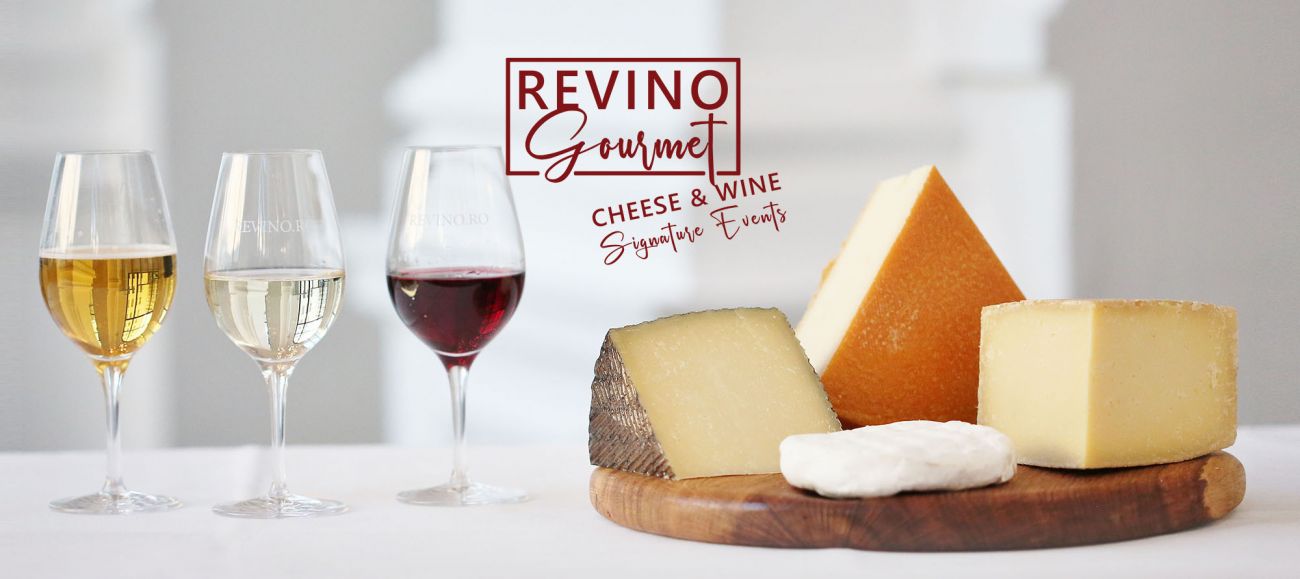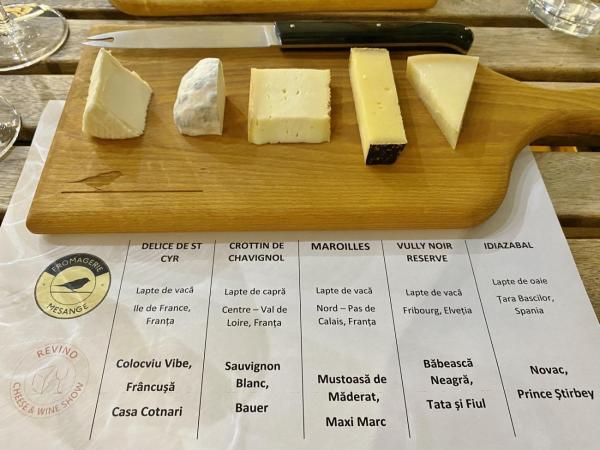CHEESE USEFUL INFO
CHEESE, CUTTING AND SERVING
‹ BACK
Cheese is a delicious product, which comes in an array of types, and can be constantly rediscovered. To enjoy it at its best, there are a few basic rules:
- Don’t try to taste too many different cheeses. Experts recommend five or six types in one sitting.
- Tasting should take place at ambient temperatures of about 20°C. Cheeses should be taken out of the refrigerator about an hour before serving.
- Cheeses should be sliced as close as possible to tasting time to help them retain their aromas.
- To get a better sense of the aromas, break the cheese and smell the inside.
- Cheese should never be tasted on an empty stomach.
- Eat a slice of bread or apple between two types of cheese to clean the palate and prepare it for the new flavors.
- The tasting room should be bright to set off the colour and texture of the cheese, and well ventilated to eliminate other foreign smells.
- Avoid eating strong or spicy foods prior to and during tasting, as this can overwork the taste buds.
Cutting the cheese
Flat, round cheeses of small to medium diameter (e.g. Camembert)
- cut the cheese like a cake, from the center to the outside

Large, round, flat cheeses (e.g. Brie de Meaux)
- cut into long slices, as if cutting a Camembert, then cut these slices into two or more pieces

Flat round cheese of very small diameter (e.g. Cutting the cheese Crottin, Chabichou du Poitou, Le Chevrot)
- cut into two or four pieces

Cheese in the shape of a heart or small squares (e.g. Neufchâtel)
- cut the cheese like a cake, from the centre to the outside

Small cheeses in the shape of a cylinder or pyramid
- cut the cheese from top to bottom into at least eight long slices

Medium or large cheeses in the shape of cylinders or rectangles
- cut the cheese into slices, and, if large, into triangles like Camembert
.png)
Blue cheese (e.g. Roquefort, Stilton or Gorgonzola)
- cut the cheese from the center, where the concentration of mould is higher, outward
- keep a similar mould-cheese ratio in each slice

Hard cheeses (e.g. Parmesan, Pecorino, Cheddar or Mimolette)
- the cheese will break upon cutting, owing to its hardness. This is not a problem; it is actually desirable, as it better highlights the flavours.

Cream cheese on the inside with a "flowing" consistency (e.g. Mont d'Or)
- the upper crust is removed (it opens like a can), and the cream inside is served with a teaspoon or knife which can spread it on bread











.png)













